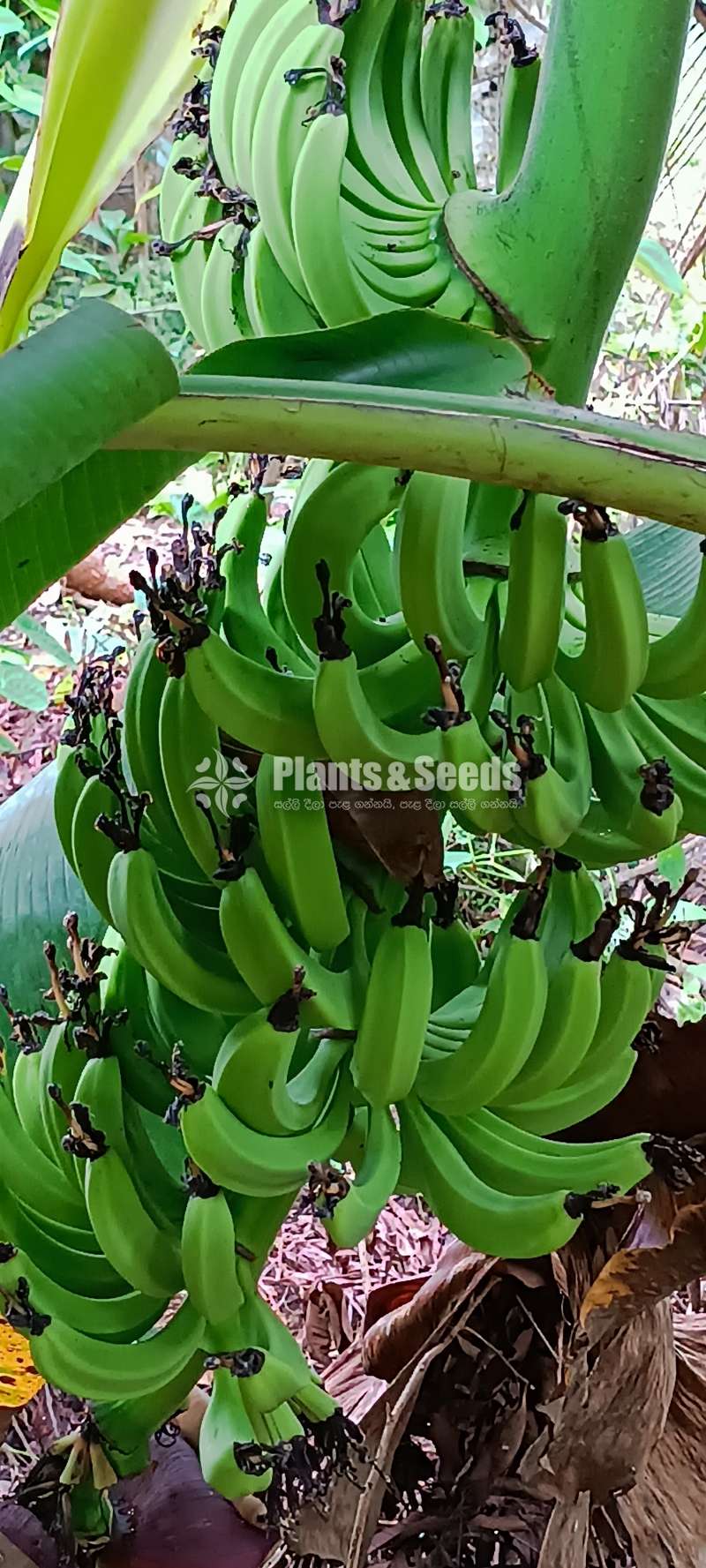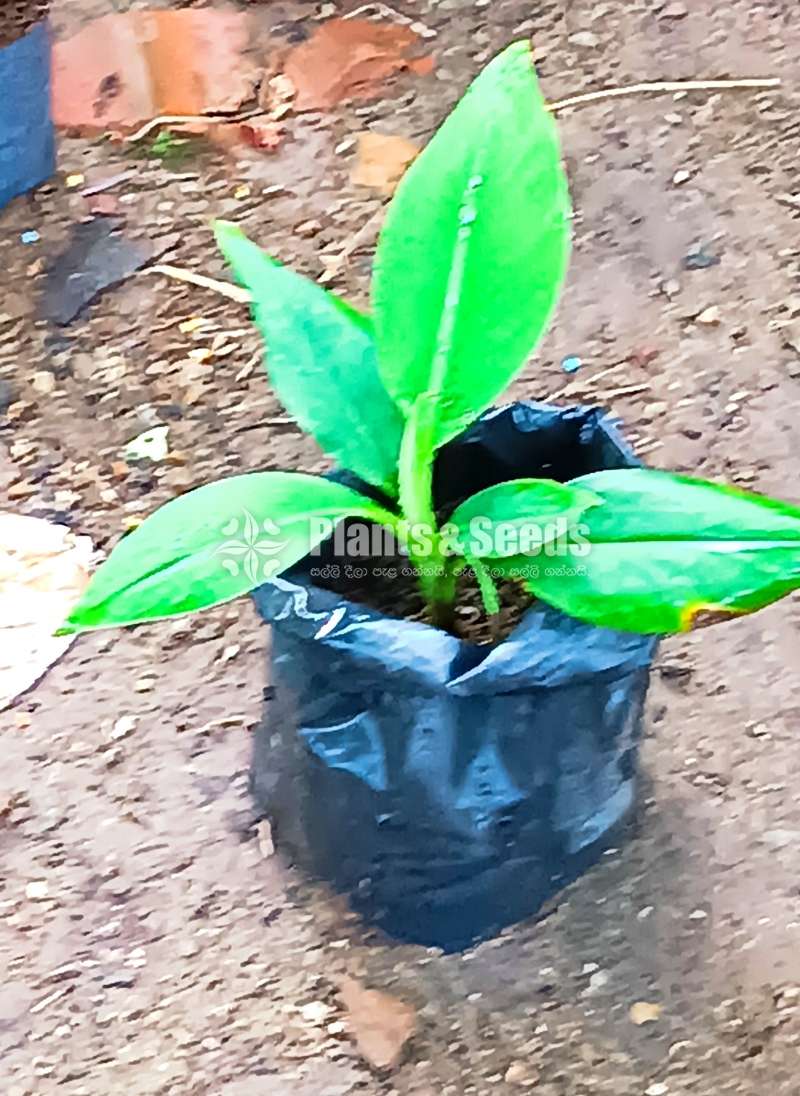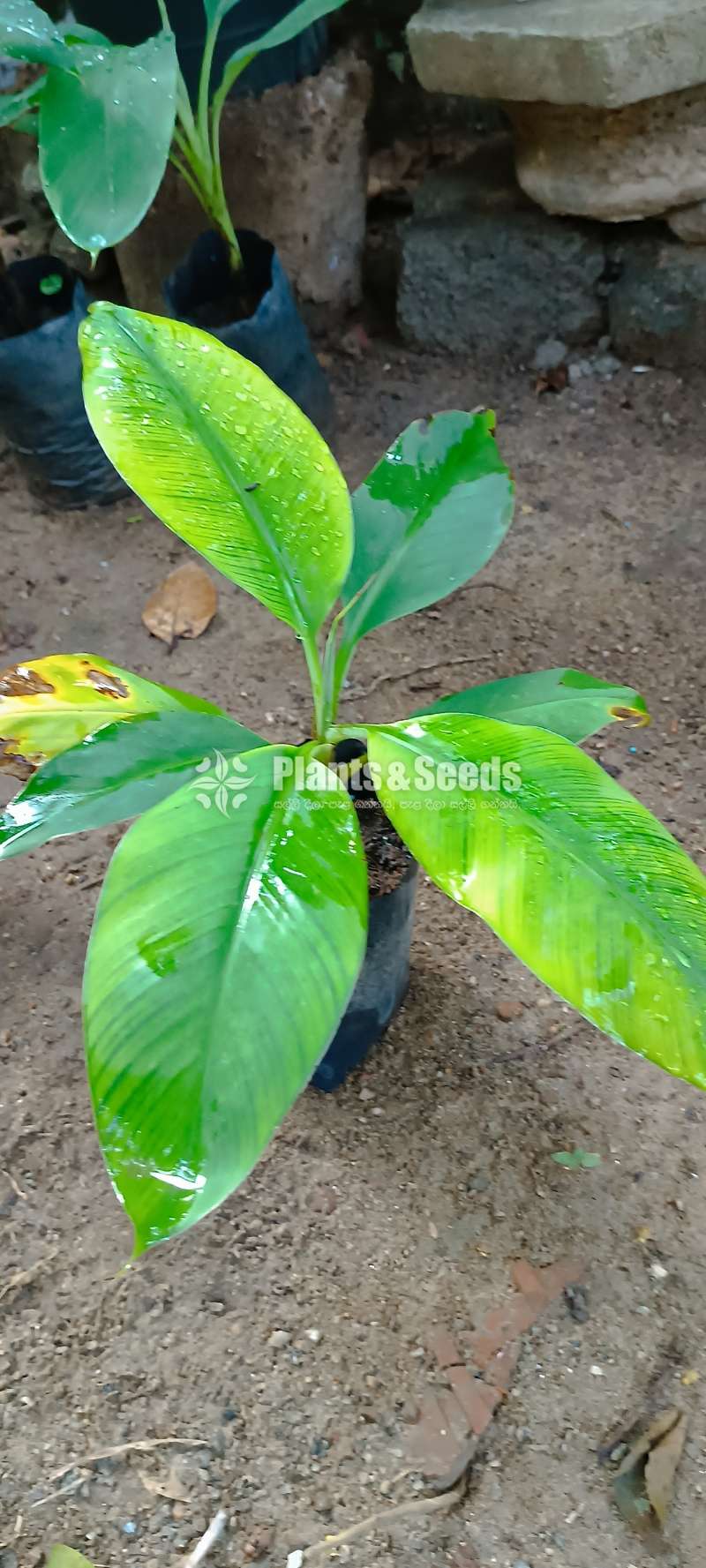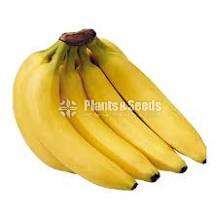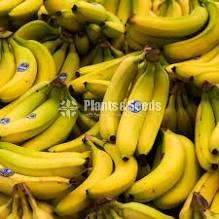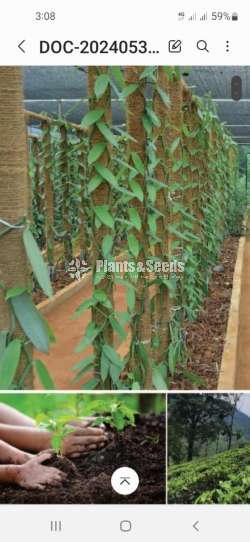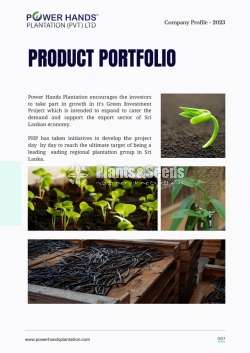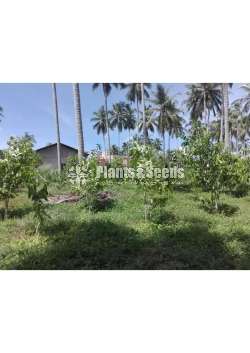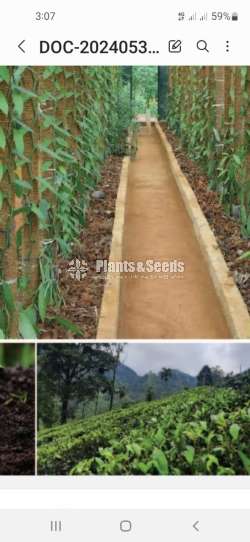Select your country
Share This Ad
Description
Cavendish bananas are the fruits of one of a number of banana cultivars belonging to the Cavendish subgroup of the AAA banana cultivar group. The same term is also used to describe the plants on which the bananas grow.
They include commercially important cultivars like 'Dwarf Cavendish' (1888) and 'Grand Nain' (the "Chiquita banana"). Since the 1950s, these cultivars have been the most internationally traded bananas.[1] They replaced the Gros Michel banana (commonly known as Kampala banana in Kenya and Bogoya in Uganda)[2][better source needed] after it was devastated by Panama disease.
They are unable to reproduce sexually, instead being propagated via identical clones. Due to this, the genetic diversity of the Cavendish banana is very low. Combined with the fact the Cavendish is planted in dense chunks in a monoculture without other natural species to serve as a buffer, this means the Cavendish is extremely vulnerable to disease, fungal outbreaks, and genetic mutation, possibly leading to eventual commercial extinction.[3][4][5]
The banana is one of the world’s favourite fruits.
Thousands of years of domestication of the banana’s wild ancestor has led to the delicious, edible fruit that is consumed by millions worldwide today.
Whilst there are more than 1,000 banana varieties in the world, the Cavendish banana (Musa acuminata ‘Dwarf Cavendish’) populates supermarket shelves and makes up almost the entire global export market.
Every year, 55 million tonnes of Cavendish bananas are grown worldwide.
Plant description
The Cavendish banana plant is a giant herb. Its ‘trunk’ is known as a pseudostem and is made from tightly packed layers of leaf-bases. Its oblong leaves are arranged spirally. It has yellow to white flowers that grow in clusters on a stem - a floral structure known as an inflorescence. The inflorescence appears at the top of the pseudostem. Female flowers grow towards the base of the inflorescence, whilst the male flowers are located at the tip. The banana plant will create fruits without the need for pollination (parthenocarpy). Its fruits grow in bunches of 10-20 and are first green and then become yellow when fully ripe. The banana’s pseudostem is monocarpic, which means it will die down once it has flowered and fruited. Offset shoots will take over from the pseudostem and grow speedily to reach their full height and in turn flower and fruit.
